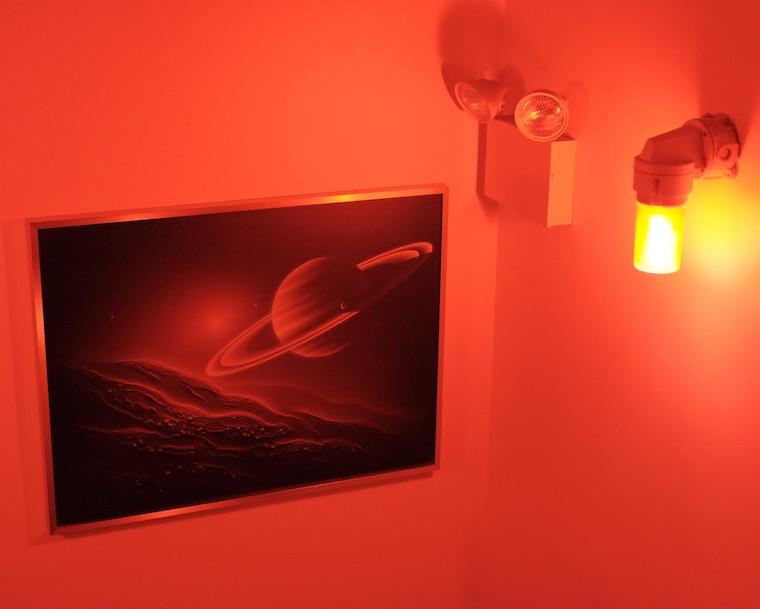Skygazing: A Night at the Observatory
October 11, 2018
Phoebe Pan '20

Oberlin College Observatory
Photo credit: Phoebe Pan '20
The Oberlin Observatory and Taylor Planetarium offers dazzling sights during its public viewing sessions.
For most of my life, the stars remained a mystery to me. Back home in southern California, light pollution permeates the sky, and the circuitry of city lights leaves a dull, burnt orange halo over rooftops. As a kid, I remember squinting upwards to try to make out constellations, only to be disappointed by how little there was to see. Where my vision failed, my knowledge made up for it, and where my knowledge ran short, my imagination tried to compensate. Which is to say that I spent a lot of my youth imagining the night sky.
With that in mind, I was pleasantly overwhelmed when I attended one of the bimonthly public viewing sessions at Oberlin’s very own observatory and Taylor Planetarium. The observatory is located on the fourth floor of Peters Hall; from the outside, it is recognized as the copper-green dome atop the building. Adjacent to the dome is a wooden observation deck, which has been used for public viewings since the mid-1990s. Just below the observatory is the Taylor Planetarium, where the viewing sessions are held if the weather is not suitable for nighttime visibility.
This night was one such night—overcast skies, grey in typical Ohio-autumn fashion. Observatory and Planetarium Coordinator Dave Lengyel, who organizes these events, led the planetarium session with a few students from the physics and astronomy department. The room was small and intimate, with a domed ceiling to project the night sky and zoom in on various astronomical phenomena. The crowd waxed and waned through the hours, with a mix of students, alumni, staff, and families shuffling in and out to glimpse the projection of stars and planets. (The alumni were visiting for Homecoming Weekend and the inauguration of President Carmen Twillie Ambar). At one point, a woman entered the room with her two grandchildren, and they oohed and ahhed before asking to see Pluto.
Halfway through the session, a few slivers of sky cleared for a moment, and Lengyel led some of us outside to the deck to pick out a few pinpricks of light with our naked eyes. He pointed out Mars, Saturn, and the Summer Triangle, an asterism that contains the brightest stars of the constellations Aquila, Cygnus, and Lyra.
Lengyel usually sets up four telescopes on the observing deck if it looks like there will be clear skies. The telescopes are often directed at planets, such as Saturn, and at any other interesting phenomena occurring during that particular night (of which there is always something new to note, Lengyel says). During these viewing sessions, people have had the opportunity to witness astronomical events including the transit of Venus in 2012, the total lunar eclipse in 2014, and occasional meteor showers. Aside from the public sessions, which are free and require no reservation, the observatory is also used as a teaching tool for the Astronomy 100 course.
Back in the planetarium, as the projection focused on a beautifully colored nebula, I peered through the darkness to gauge other people’s reactions: eyes shining, smiles spread across faces. Everyone was caught in a moment of collective wonder, and soon enough, I looked up as well, unable to resist the view. It dawned on me that there was something unspeakably captivating about surveying the sky, even if it was made up of illumined dots on a domed ceiling, and something reassuring in the fact that others were sharing the same experience, heads tilted, gazes set ad astra and beyond.
The Oberlin College Observatory and Taylor Planetarium is open to the public on the first and third Fridays of each academic month. Please refer to the Facebook page for viewing schedules and updates.
You may also like…
Lab Crawl: It’s Not Just for Scientists
Oct. 27 open house highlights research across the sciences—and just about everywhere else.
Bearing Witness
Adina Langer ’06 and Sheena Ramirez ’06 collaborated on a powerful museum exhibition.


